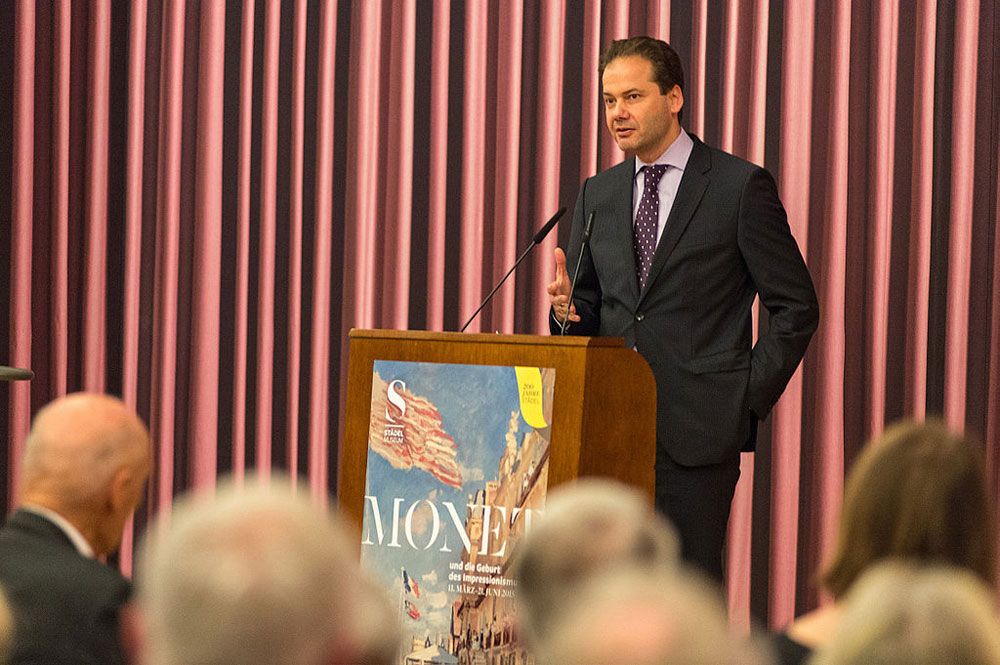
December 9, 2020; Business Insider
Organizations have been challenged to chart a new course in a world beset by COVID-19 and in a society finally forced to confront its systemic, embedded racism. Museums have found both difficult—in some cases, even existentially threatening. The adaptations they’ve begun to undertake provide insights for every nonprofit into ways forward.
The inability to operate normally has cut museums off from their audiences, reducing their earned revenue and threatening to sever their connection to their communities. According to a survey conducted by the American Alliance of Museums, the impact has been severe. “One-third of American museums are at risk for permanent closure,” they say. “Forty-four percent have had to furlough or lay off staff [and] more than half of museums had less than six months of operating reserves on hand to combat a crisis.” Even those that were able to reopen saw significant reductions in attendance.
Meanwhile, at the same time, museums have had to respond to pressures to address racism. As Max Hollein, director of the Metropolitan Museum of Art in New York, put it in comments reported by the Washington Post:
When you hear the term “white supremacy,” you kind of shy away from it. But when you take one step back and look at what I would call the logic of selection of the institution, and the centuries-long support for the idea of the excellence of a certain culture, you see that there are mechanisms embedded in our institutions that basically, yes, support and foster [white supremacy]. I think we need to acknowledge that. This current time allows you to take a step back and look.
Healing wounds takes time. It may mean cancelling exhibits to reconsider them in this new light, reexamining staffing and board leadership to ensure proper representation, and redressing harms that were once ignored. In the short term, museums have done what many organizations have—furloughed or laid off staff, cut expenses, tapped public resources like PPP loans, and asked donors to step forward. Diversity consultants have been engaged, trainings have been planned, and staff composition examined. But museums are recognizing these steps won’t be enough.
Sign up for our free newsletters
Subscribe to NPQ's newsletters to have our top stories delivered directly to your inbox.
By signing up, you agree to our privacy policy and terms of use, and to receive messages from NPQ and our partners.
Michael Govan, director of the Los Angeles County Museum of Art (LACMA) recognizes this year as pivotal, predicting the kind of self-reflection that leads to lasting change. “This is a permanent inflection point. We will never go back to the way it was.” Nina Simon, who’s president of Of/By/For All, a nonprofit that helps cultural organizations serve their communities, also acknowledges the challenge of this moment: “It’s not whether you need to change. It’s a question of what do you choose to do.”
Adapting to the reality of a pandemic has meant inventing ways to lessen reliance on physical spaces. M. Özalp Birol, who oversees the Pera Museum in Istanbul, told Business Insider, “The chaos created by the pandemic dissolved everything we know and marked the start of a new period. During this new period, we are seeing that institutions—combining physical reach with the opportunities afforded by digital technologies, understanding the dynamics of digital media, and creating smart solutions—are making a difference.”
As Smithsonian Magazine’s Jennifer Billock put it, the key question is “How will people experience museums 10 or 20 years down the road?” And not just museums, either; it is not too soon to begin thinking about what your organization will look like in a post-pandemic world, or after it has fully addressed issues of diversity and bias.
The scope of the challenge was framed by Charles Gaines, a noted Black artist, when he saw the need for museum leadership to understand marginalized communities in ways they currently do not. To Gaines, museums have invented a “population of people they think they are protecting. But they don’t have a clue as to who this population is in reality, since they are responding to an ideological fantasy of their own creation.”
The pressure to meet immediate needs cannot be ignored. But the need to think well beyond that may be even more important.—Martin Levine













